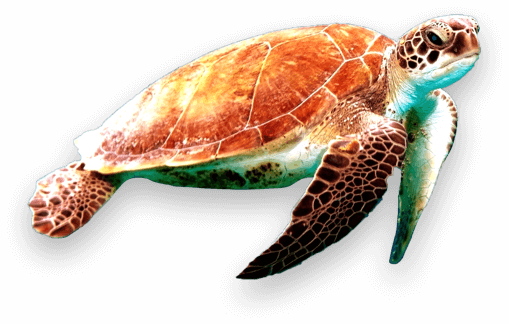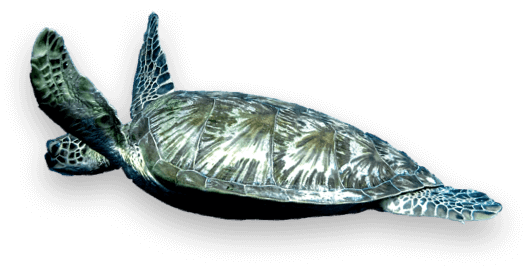You might think that pool chlorine tablets are pretty much the same as liquid chlorine, only in solid form, and that wouldn’t be too far from the truth. Although chlorine tablets are made of chlorine, they can also have a stabilizing component, which is usually cyanuric acid or CYA. Chlorine tablets are a great option for most swimming pools and often contain stabilizers to make chlorine last longer. Is all pool chlorine the same The short answer is NO ~ Trichloro tablets may look the same but differ in “materials and workmanship”.
Pool chlorine is readily available in various forms, including tablets. You have the option to buy tablets and sticks that are easy to use by placing them in a plastic chlorine float — often shaped in the shape of a duck or other friendly figure. You can also use the more professional way by installing a rotary control chlorine feeder. Chlorine tablets are pH balanced and pre-stabilized which means they are protected from the sun.
Another popular form of chlorine for swimming pools is granules. In contrast to tablets, granules have a significantly lower concentration, which makes them easy to dissolve in water along with their size. To add chlorine granules to the water, simply sprinkle it around the surface instead of using a dispenser. You still need to test your water balance and may need a liquid or granular chlorine to shock the pool.
Typical pool chlorine is actually a chemical compound that consists of 65% calcium hypochlorite, with the remaining 35% consisting of calcium and other inert ingredients. However, if you choose to use traditional chlorine for the same 30,000 gallon pool, you’ll need 1.5 lbs of solid chlorine (tablets, powder, or granules) to thoroughly clean your pool. Chlorine is the most commonly used chemical to disinfect swimming pool water and kill bacteria that can be harmful to swimmers. Chlorination liquid is a popular choice among pool owners and can be used as a substitute when chlorine tablets may not be available.
This is the chemical responsible for disinfecting your pool through the oxidation process that removes electrons from molecules. Ideally, the water of a pool must have a pH of no less than 7.4 and no higher than 7.6. So expect to add a large amount of liquid chlorine if you want to keep that balance. The tablets can be quite acidic at 2.5 pH but tend to lower the pool pH when they introduce chlorine into the water. Chemical labeling and safety data sheets provide insight into the ingredients used in chlorine tablets and pool shocks, but manufacturers are allowed a “proprietary license” not to list trade secret ingredients.
The main advantage of a pool disinfectant in tablet form is the convenience and minimal labor required for its application — in other words, it is very efficient in terms of cost and labor. Simply test the water at least once a week and add more tablets as needed to get 1-4ppm of free chlorine. The rule of thumb for using bleach to disinfect your pool is to use 1 gallon per ¾ lbs of chlorine that you normally use. No matter what type of chlorine you use – Trichlor, Dichlor or Cal Hypo – look for a reputable brand of domestic pool chlorine and avoid chlorine products of dubious origin or poor materials and workmanship.
The “bleaching effect” of hypochlorite ions (and finally hypochlorous acid) is a hallmark of both chemicals and why both are really good cleaning agents in general. However, it turns out that pool chlorine is significantly stronger than household bleach for a number of reasons.
.


